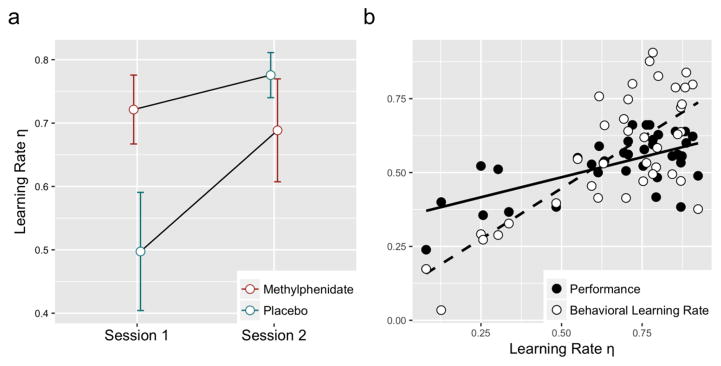Fig. 2. The influence of MPH on error-driven learning as characterized by the Rescorla-Wagner (RW) model.
(a) 2x2 ANOVA with learning rate η as dependent variable and substance and session as factors revealed a significant interaction between subject and session (main effect of substance, F1=0.84, p=0.37; main effect of session F1=3.28, p=0.08; interaction between substance and session F1=5.27, p=0.03). Based on t-tests, subjects receiving MPH had a significantly higher learning rate η than those receiving placebo in session 1 (t17=2.13, p<0.05), but subjects receiving MPH and placebo were not significantly different in session 2 (t17=1.02, p=0.32). Error bars represent standard error of the mean. (b) Across both sessions, η was positively associated with both behavioral learning rate (X21=17.33, p<0.01and performance (X21=14.19, p<0.01) based on linear mixed effects models (LME). A high learning rate was advantageous for this task due to the high rate of environmental change. Plot shows data points from both session 1 and session 2.

